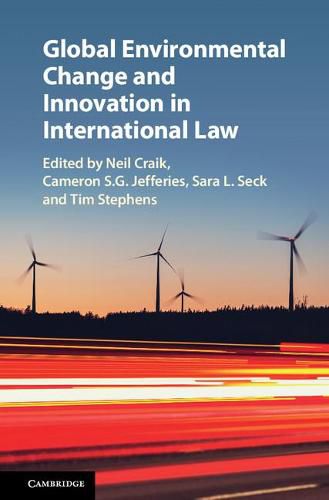Readings Newsletter
Become a Readings Member to make your shopping experience even easier.
Sign in or sign up for free!
You’re not far away from qualifying for FREE standard shipping within Australia
You’ve qualified for FREE standard shipping within Australia
The cart is loading…






The challenges to global order posed by rapid environmental change are increasingly recognized as defining features of our time. In this groundbreaking work, the concept of innovation is deployed to explore normative and institutional responses in international law to such environmental change by addressing two fundamental themes: first, whether law can foresee, prevent, and adapt to environmental transformations; and second, whether international legal responses to social, economic, and technological innovation can appropriately reflect the evolving needs of contemporary societies at national and international scales. Using a range of case studies, the contributions to this collection track innovation - descriptively, normatively, and as a process in and of itself - to explain international environmental law’s functionality in the Anthropocene. This book should be read by anyone interested in the critical intersection of environmental and international law.
$9.00 standard shipping within Australia
FREE standard shipping within Australia for orders over $100.00
Express & International shipping calculated at checkout
The challenges to global order posed by rapid environmental change are increasingly recognized as defining features of our time. In this groundbreaking work, the concept of innovation is deployed to explore normative and institutional responses in international law to such environmental change by addressing two fundamental themes: first, whether law can foresee, prevent, and adapt to environmental transformations; and second, whether international legal responses to social, economic, and technological innovation can appropriately reflect the evolving needs of contemporary societies at national and international scales. Using a range of case studies, the contributions to this collection track innovation - descriptively, normatively, and as a process in and of itself - to explain international environmental law’s functionality in the Anthropocene. This book should be read by anyone interested in the critical intersection of environmental and international law.